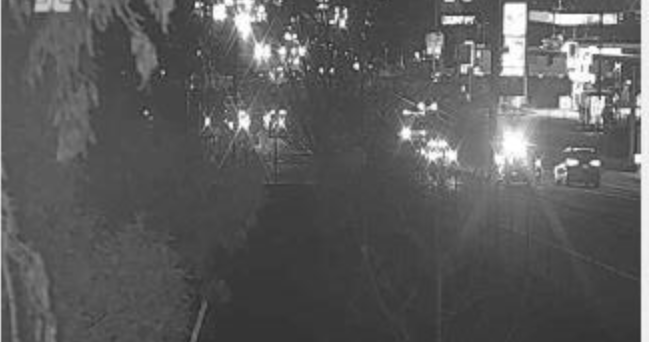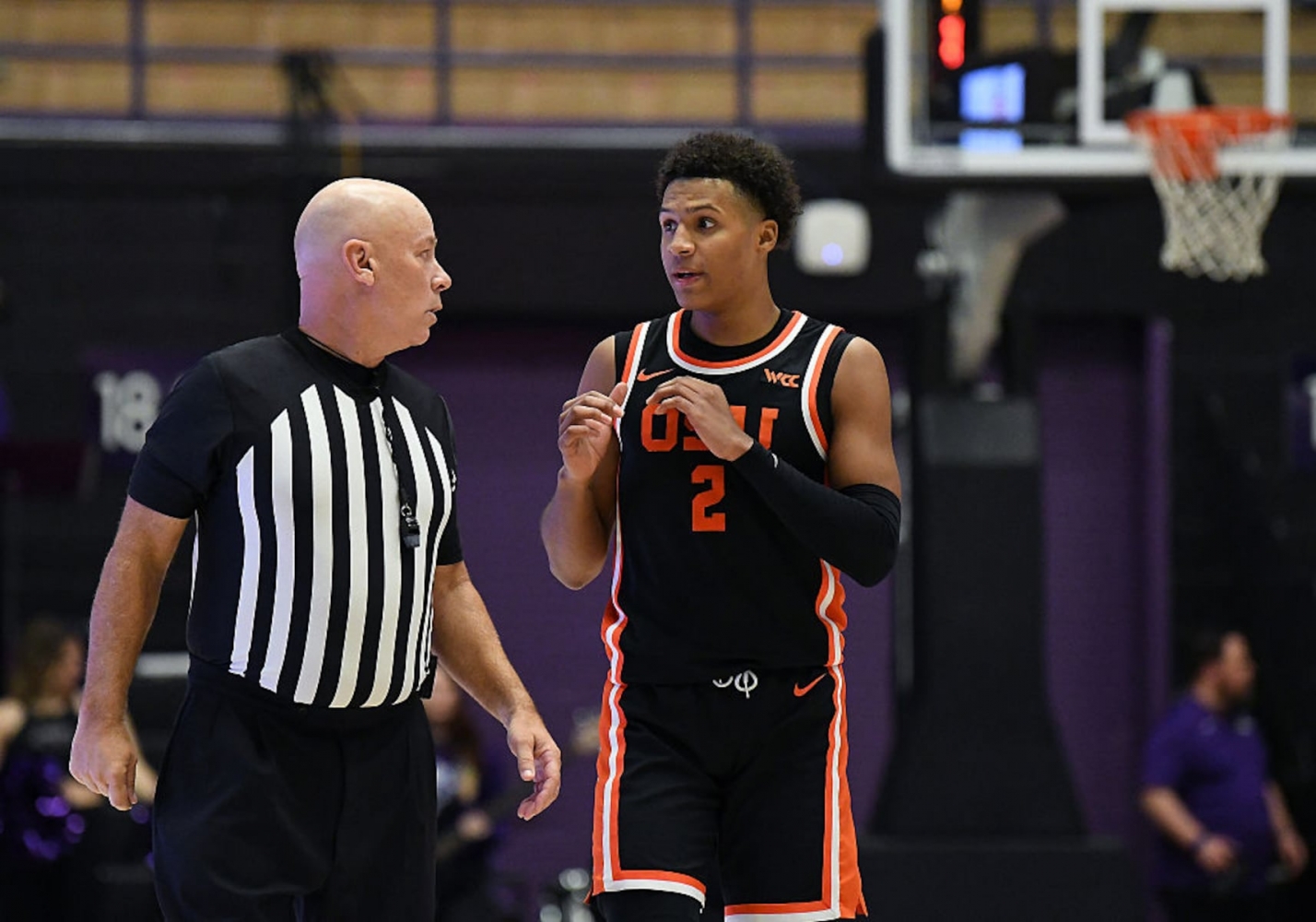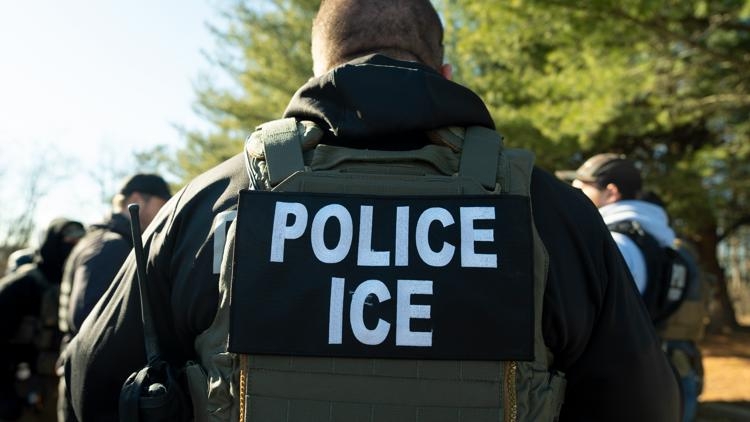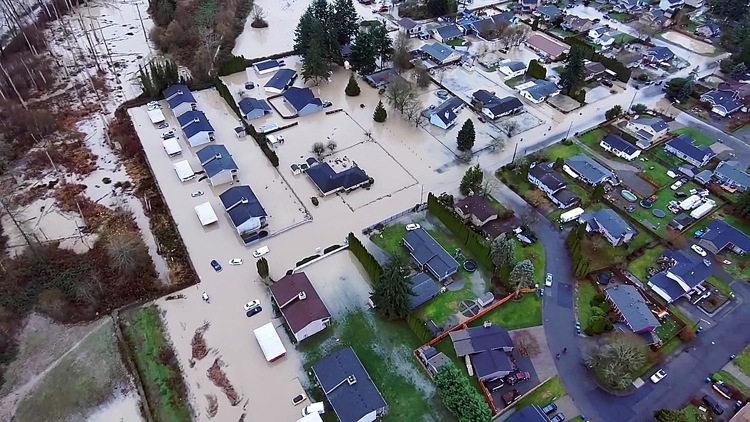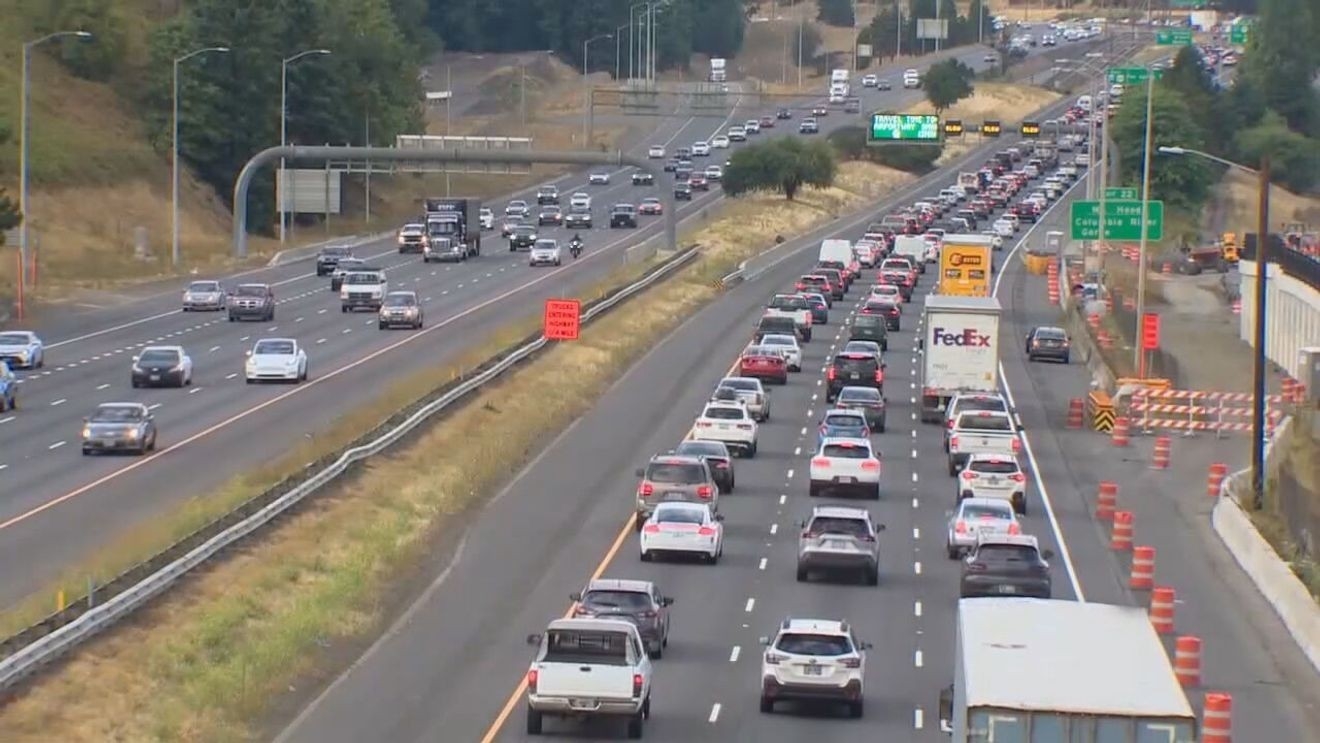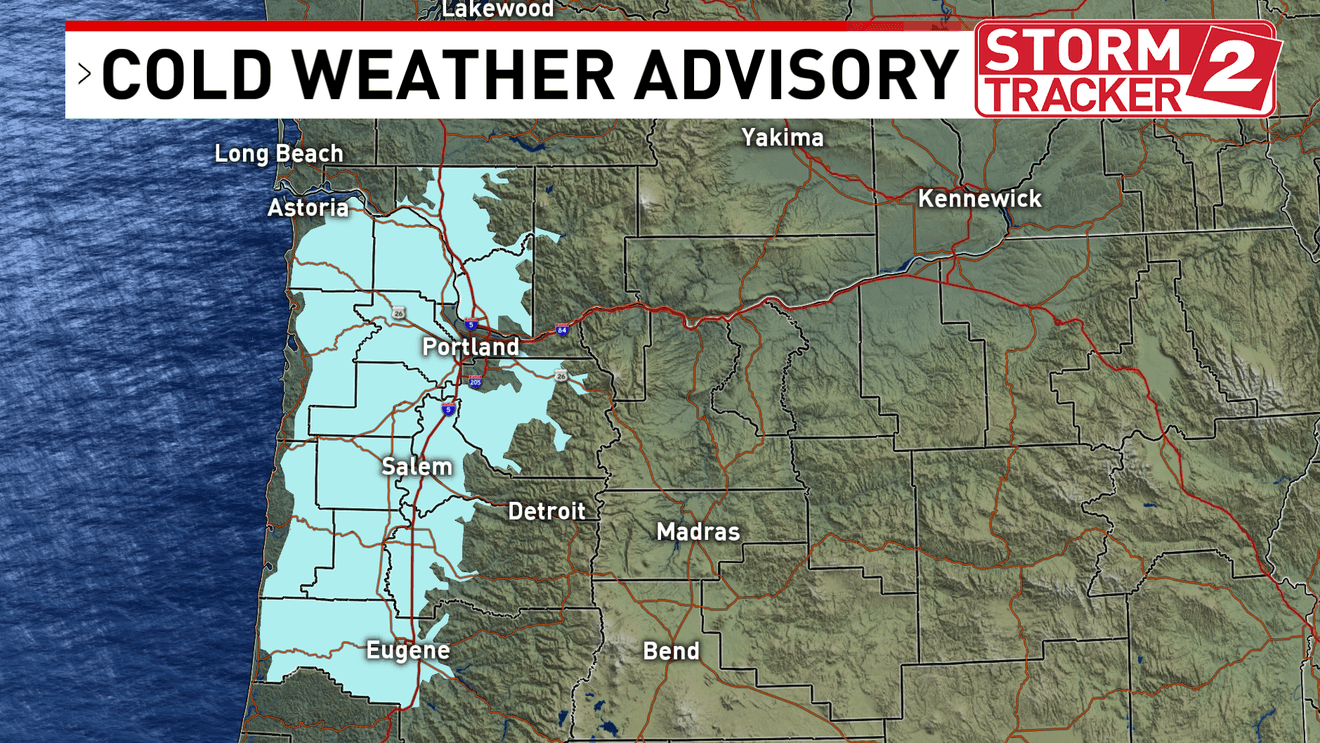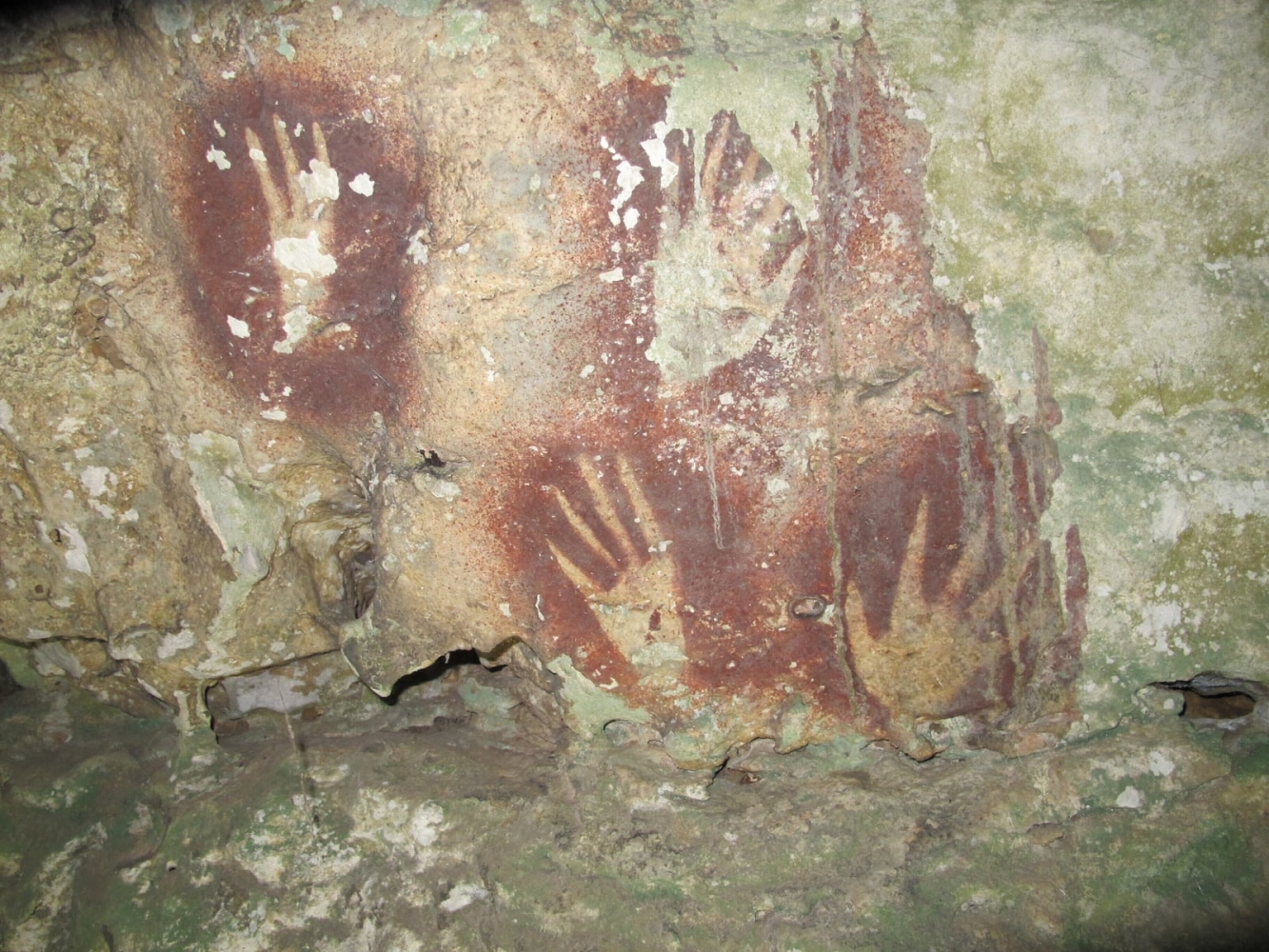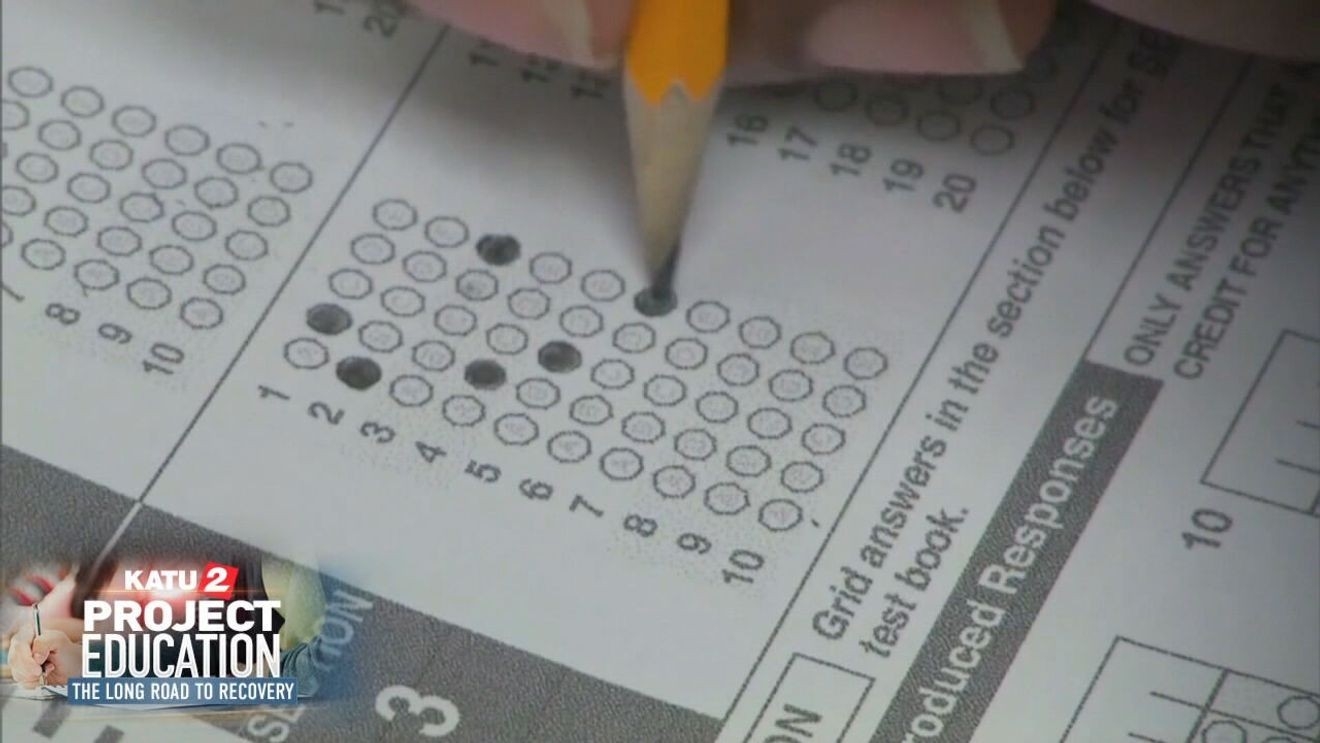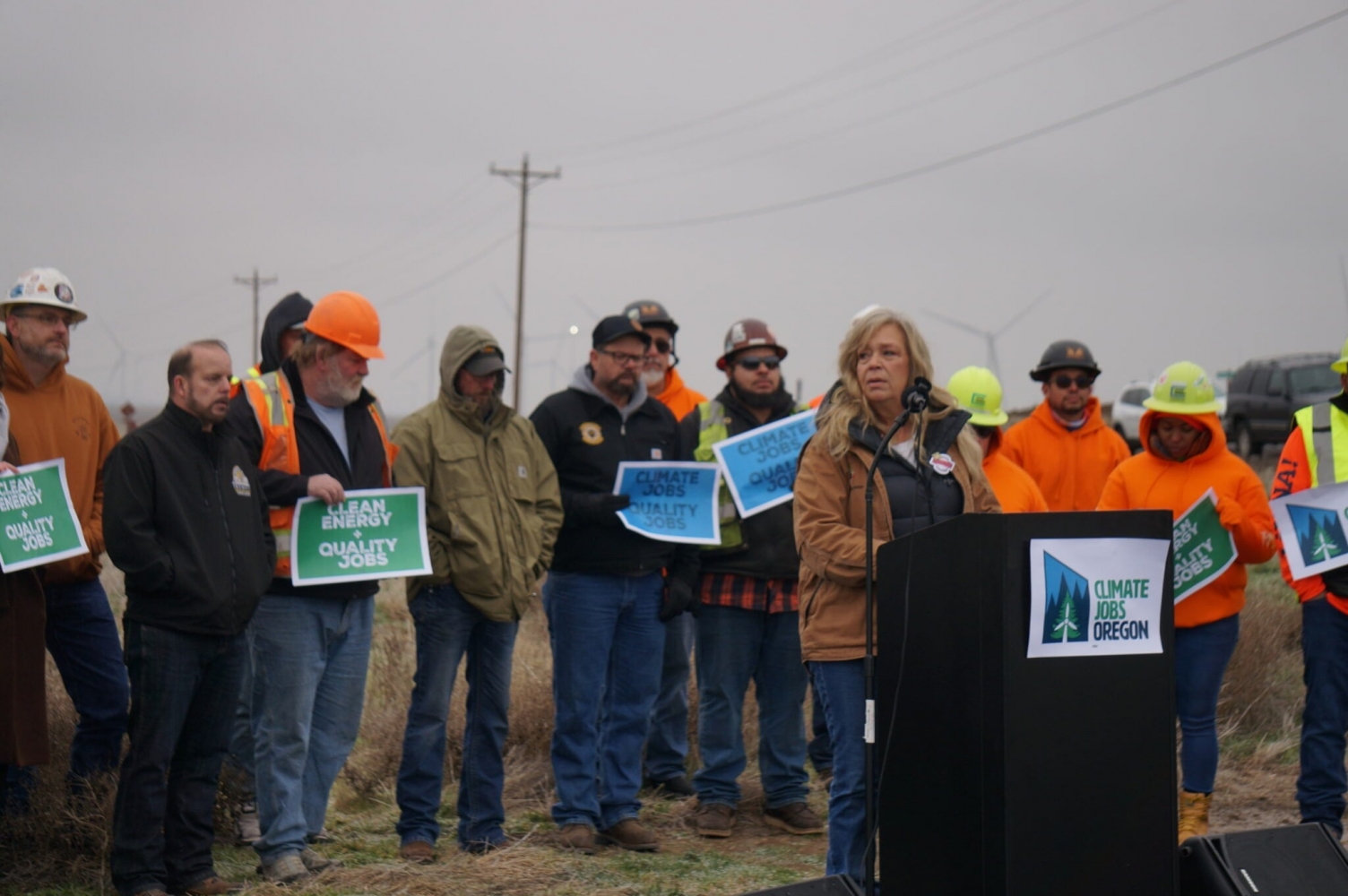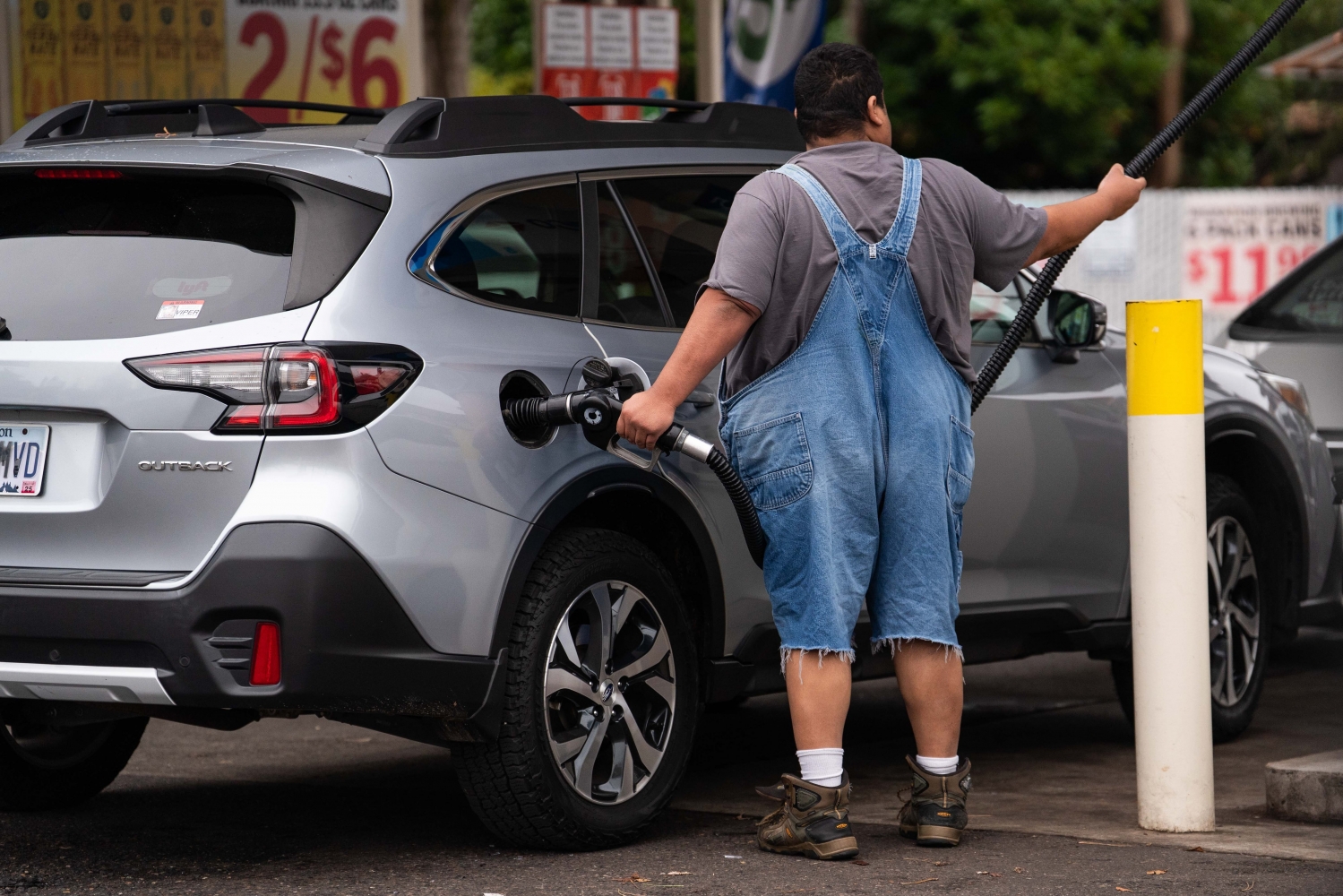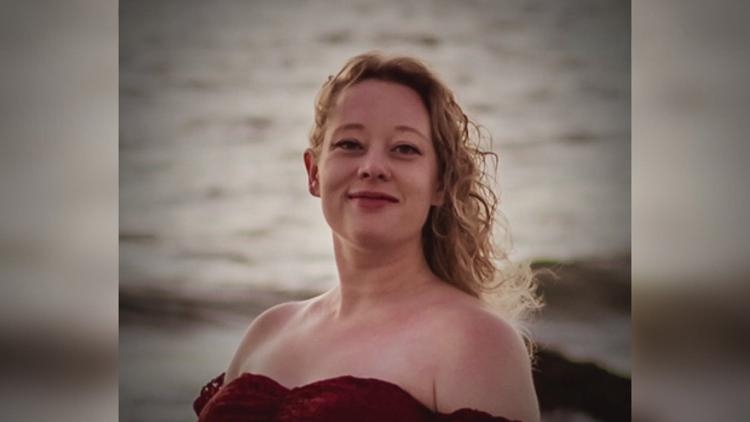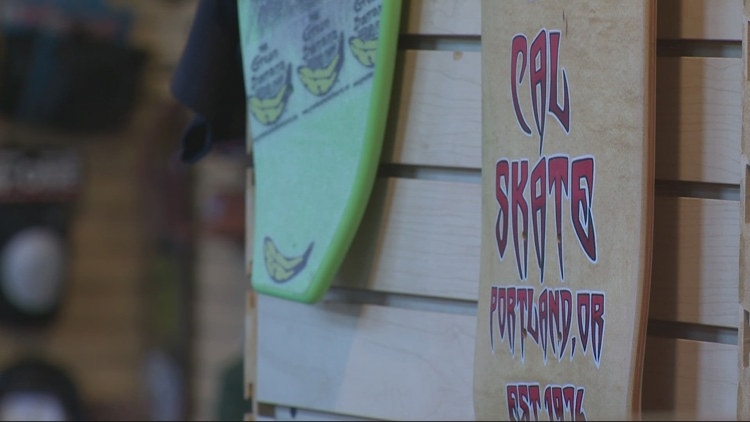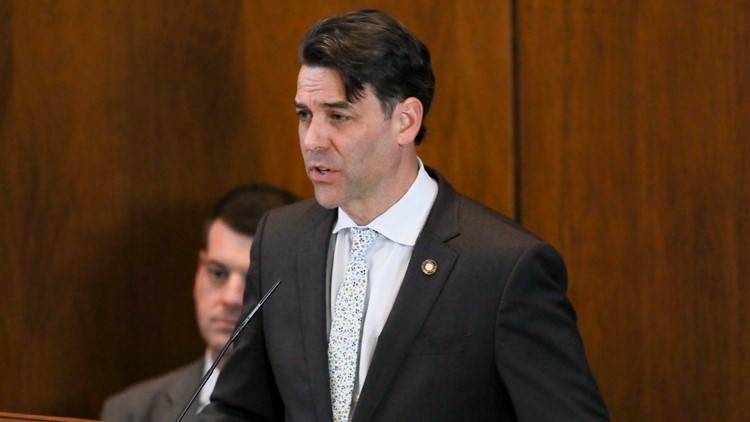Local News & Alerts
The Oregon Department of Transportation ODOT has closed I-5 Northbound exit 33 after a cra...
More
A competitive opening 14 minutes by Oregon State ballooned to a decided Saint Marys halfti...
More
Federal immigration authorities allowed a suspect in a 100 million jewelry heist believed ...
More
Approximately 440 homes were destroyed or sustained major damage when 33 rivers exceeded f...
More
EUGENE - Its too early for the Oregon womens basketball to panic even after losing its fou...
More
They said Wednesday they will introduce a bill to move the statewide vote on a referendum ...
More
The National Weather Service in Portland has issued a Cold Weather Advisory for the centra...
More
NEW YORK Handprints on cave walls in a largely unexplored area of Indonesia may be the ol...
More
Its time to grab your tickets and check to see if youre a big winner The Powerball lottery...
More
EUGENE -- Oregon dropped its fourth consecutive game Wednesday night when the Ducks fell t...
More
SALEM Ore Oregon lawmakers are considering a proposal that would significantly change how...
More
Kenneth Green of St Helens pleaded guilty to two federal counts related to child sex abuse...
More
Oregon Capital Chronicle is part of States Newsroom a network of news bureaus supported by...
More
Oregons top lawmakers wont preempt the public from voting on unpopular tax increases pushe...
More
Tualatin vs. Tigard: Watch Oregon girls high school basketball Three Rivers League rivalry game live
The Tigard Tigers 6-8 0-2 face their toughest test of the Three Rivers League season Thurs...
More
Downtown Discovery Scavenger Hunt Put your observation skills to the test during Downto...
More
Romanucci Blandin the law firm representing Goods family revealed the preliminary finding...
More
Cal Skate a Portland skateboarding icon has a new owner Employee-turned-skater Chris Nukal...
More
Tyler Perrys Sistas is back with an exciting Season 10 Episode 3 premiere airing tonight o...
More
A successful signature-gathering campaign led by Republicans has effectively halted tax an...
More


